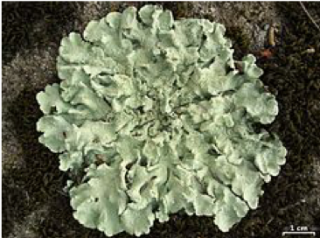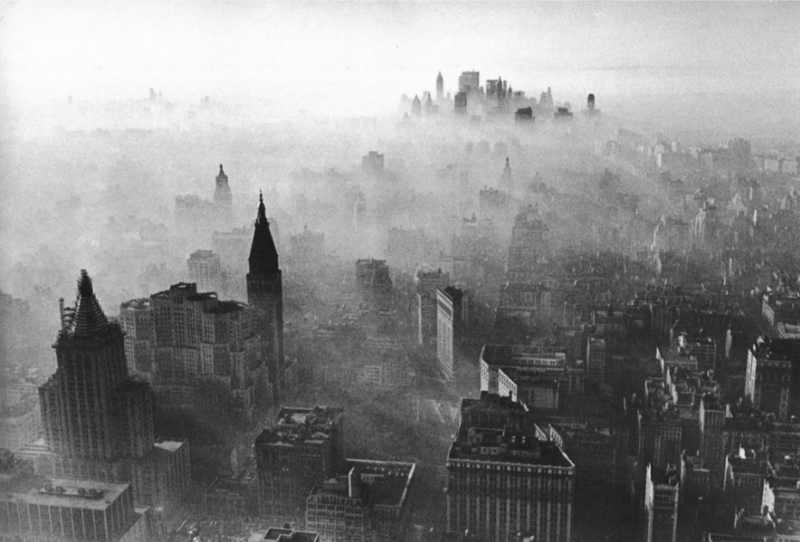The Lichens Are Coming—Back!
Posted in Environment on February 19, 2019 by Becky Thorp
Becky Thorp is the Senior Plant Recorder at The New York Botanical Garden.

Do you like to breathe? If yes, then I have excellent news for you: lichens are easier to find in the New York metropolitan area today than they have been for decades, and this is an indicator of improved air quality.
Lichens are composed of a symbiotic relationship between photosynthetic algae or cyanobacteria, which create food from sunlight, and a fungus, which provides shelter. They can be found growing on the surfaces of tree trunks, rocks, lean soil, tombstones, and other surfaces on every continent and in every type of terrestrial ecosystem on earth. Able to withstand extreme variations of moisture and temperature, lichens have even survived long periods in outer space. What they can’t survive is air pollution here on earth, especially in the form of soot or sulfur dioxide, because they absorb nutrients directly from the atmosphere. Given this fact, it comes as no surprise that while they thrived in the New York area in the early 19th century, the number of local lichen species declined sharply in the 20th century with the growth of industry and population.
The good news is that overall air quality has improved greatly in New York City over the past 50 years, and as a result lichens have been slowly reappearing in our landscape. In fact, sulfur dioxide levels, which have been falling for decades, decreased by 67 percent from 2008 to 2014 because of a city initiative to switch to cleaner-burning fuels. If it seems hard to believe that our city air is improving, consider these two historical data points: New York City air quality studies in 1928 found that pollution caused sunlight reductions of 20–50 percent, and in November 1966, 200 people died from “killer smog”.

Eager to spot the growing lichen presence, I checked street trees along four short blocks near my home in western Queens and easily spotted a dozen with varying degrees of lichen growth. Rewind to 1961 and even the common Flavoparmelia caperata, also known as greenshield lichen, couldn’t survive more than four months when transplanted in the city as part of a scientific experiment by lichen expert Irwin M. Brodo.
Learn more and find your own lichens by participating in Lichen Love, this month’s NYC EcoFlora Ecoquest Challenge.
NYBG Library: libguide on lichens
NYBG Class: The Hidden World of Lichens.
NYBG Publication: Common Lichens of Northeastern North America: A Field Guide, by Troy McMullin and Frances Anderson. (Lightweight and easy to use!)

